Basic Statistics (LF_691)
About Study Course
Learning outcomes
1.After fulfilling the requirements of the study course, students will have acquired knowledge that will allow: * to recognize statistical terminology and basic methods used in various types of publications; * to know the possibilities offered by IBM SPSS in data processing; * know the criteria for using data processing methods; * correctly interpret the most important statistical indicators.
1.As a result of learning the study course, students will be able to: * enter and edit data in computer programs MS Excel and IBM SPSS; * correctly prepare data for statistical processing; * choose suitable data processing methods, including, be able to perform statistical hypothesis tests; * statistically process research data using IBM SPSS software; * create tables and charts in IBM SPSS program with the obtained results; * correctly describe the obtained research results.
1.As a result of learning the study course, students will be able to reasonedly make a decision about the use of statistical data processing methods to achieve the research goal and, using IBM SPSS software, to practically apply the learned basic statistical methods in research data processing.
Study course planning
| Study programme | Study semester | Program level | Study course category | Lecturers | Schedule |
|---|---|---|---|---|---|
| Physician's Assistant | 5 | First level | Required | Dina Barute |



